I am going to dissent a bit.
Yes, more expensive soldering stations heat up faster, have more power (that makes a difference if your are trying to desolder something connected to a GND plane) and so forth; however:
I started out using a very cheap soldering iron, and I found it very difficult to solder and desolder 0402 sized passive components. I am not a university trained engineer, just a guy building boards and learning embedded system design.
I thought it was a hand skill issue, and that with more practice I'd learn how to use my cheap soldering iron and get better at working on my boards.
I WAS WRONG. Your skill is only part of the story. For a few hundred dollars, if you buy yourself the right gear you'll get good -- really fast, and save yourself a ton of heartache tearing apart PCBs.
I work in conjunction with a professional consulting design firm who builds PCBs of all kinds, and I was always bringing boards over for modifications. These guys seemed like wizards with a soldering iron. I eventually asked one of their board techs what sized tips they used. They are a Weller shop and use the Weller NT1 tips. (Just go online and check the dimensions of the NT1 tips, they are for soldering small SMD components).
I bit the bullet and spent several hundred dollars, and bought the WD1MN and some NT1 tips. In a month, I became a decent solderer. Within a few weeks, I could solder 0201s with a pair of tweezers and a cheap 10x microscope (Amscope).
I feel like I am alone here, but with my old cheapo-soldering stations (I've had a cheap Chinese unit, and bought a cheaper Weller) the tips are too large to do precise work with smaller SMD components.
If you want to get good at soldering 0402s or fine pitch ICs, a cheapo soldering iron with their stock tips is like trying to solder a grain of rice to a PCB with a soldering iron tip that looks like a sausage under a microscope.
I'm not a gear snob -- I have cheap stuff mostly (Rigol grade stuff, and some super old RF testing equipment), but buying the Weller station with the NT1 tips, a cheap microscope, and some 0.2mm gauge solder wire took me from hobbyist to semi-pro in terms of soldering.
Yes, maybe you could use the cheaper gear with larger tips, but how much are the boards you are working on worth to you? I ended up just killing boards using such blunt tools. Right tool for the right job... seriously.
